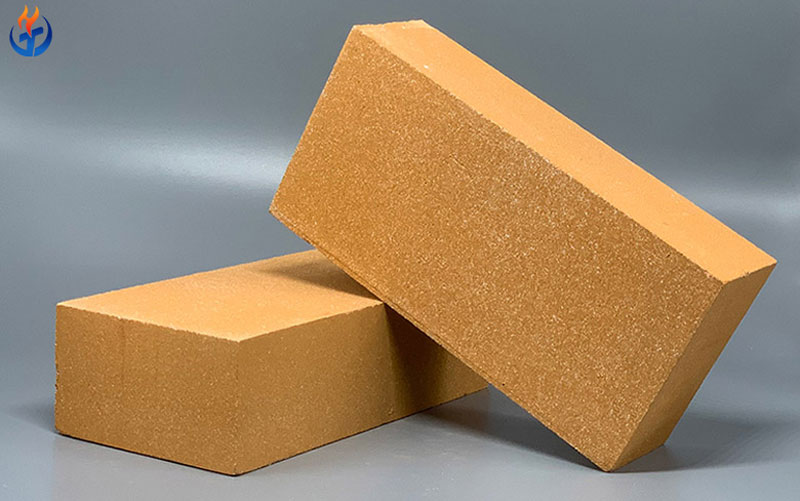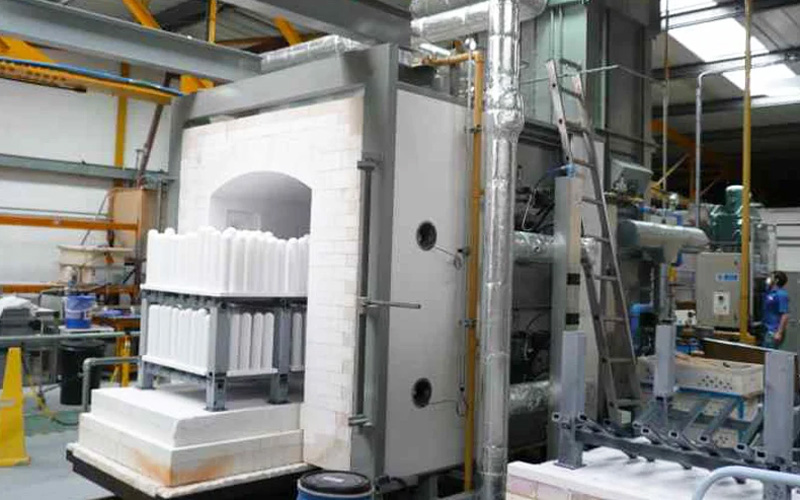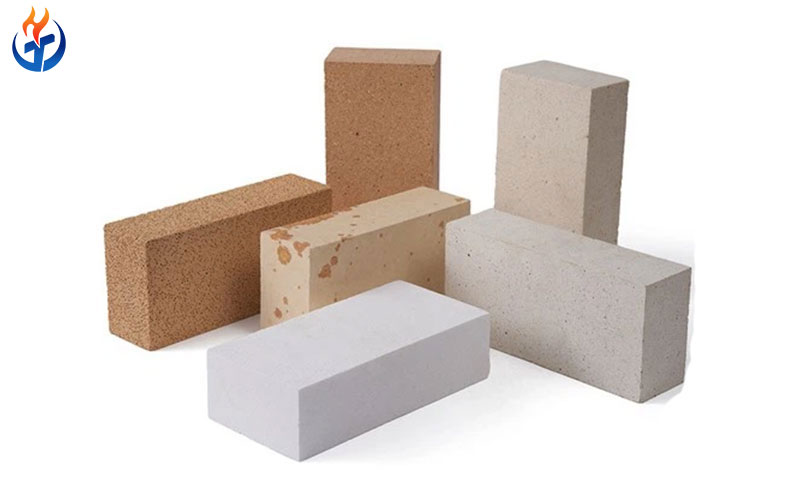When it comes to high-temperature refractory materials, magnesite bricks are a popular choice across various industries such as steelmaking, cement production, and non-ferrous metal smelting. If you’re planning to purchase magnesite bricks, one of the first questions on your mind is probably: What is the price of magnesite bricks?
In this article, we will discuss the magnesite bricks price in detail, explain the key factors that influence it, and provide insights to help you make an informed purchasing decision.
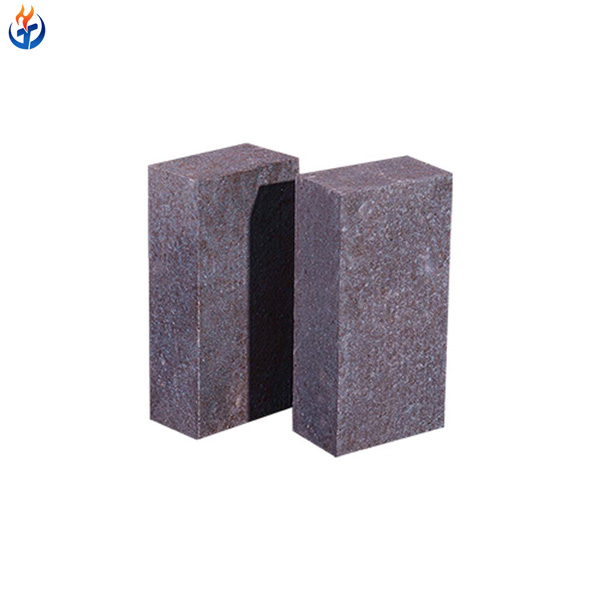
What Are Magnesite Bricks?
Before diving into the pricing, it’s useful to understand what magnesite bricks are. Magnesite bricks are refractory bricks mainly made of magnesia (MgO), which has excellent resistance to high temperatures and basic slags. They are widely used in the lining of furnaces, kilns, and reactors in industries requiring extreme heat resistance.
Typical Price Range of Magnesite Bricks
The price of magnesite bricks varies depending on quality, specifications, quantity, and market conditions. Generally, the price can range from $250 to $700 per ton. However, this is a broad estimate, and the exact price can fluctuate significantly.
Here is a rough breakdown:
Low-grade magnesite bricks: Around $250–350 per ton
Medium-grade bricks: Around $350–500 per ton
High-grade or high-purity bricks: $500–700 or more per ton
Keep in mind that these prices are approximate and may vary according to location, supplier, and contract terms.
Factors Influencing Magnesite Bricks Price
Several key factors affect the price of magnesite bricks. Understanding these will help you evaluate offers and negotiate better deals.
1. Raw Material Quality
The most significant factor impacting price is the quality of raw magnesite ore used in brick manufacturing. High-purity magnesite contains higher MgO content (typically above 90%), which improves the brick’s refractoriness and durability but also increases cost.
Lower-grade magnesite with impurities results in cheaper bricks but compromises performance, leading to a shorter service life and more frequent replacements.
2. Manufacturing Process and Technology
The production process also plays a major role in pricing:
-
Firing temperature and duration: Higher firing temperatures produce more robust bricks but consume more energy, increasing costs.
-
Additives and binders: Some magnesite bricks include special additives to enhance mechanical strength or slag resistance, which raises the price.
-
Automation and quality control: Advanced manufacturing technologies and rigorous quality control contribute to a higher but more reliable price.
3. Brick Size and Shape
Magnesite bricks come in different sizes and shapes such as standard bricks, special-shaped bricks, and custom molds. Larger or specialty bricks usually cost more due to complexity and material usage.
4. Supplier Location and Logistics
Shipping and transportation costs affect the final price, especially for heavy and bulky materials like refractory bricks. Suppliers closer to your site or with efficient logistics networks can offer more competitive pricing.
5. Order Quantity
Bulk purchases generally come with discounts. If you order a large quantity of magnesite bricks, suppliers are likely to offer lower per-ton prices. Conversely, small orders might be priced higher due to handling and shipping overhead.
6. Market Demand and Raw Material Availability
Global market conditions impact magnesite bricks price:
-
When demand from steel, cement, or glass industries rises, prices tend to increase.
-
If magnesite ore availability decreases due to mining restrictions or geopolitical issues, raw material costs go up, pushing brick prices higher.
7. Currency Exchange Rates
For international buyers, fluctuations in currency exchange rates can affect the overall cost when importing magnesite bricks.
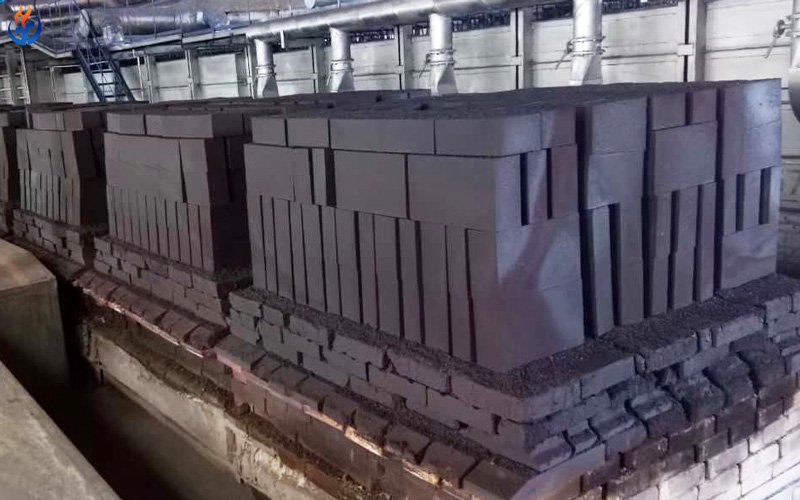
How to Get the Best Price for Magnesite Bricks
To optimize your purchasing budget, here are some tips to get the best price without compromising quality:
Compare multiple suppliers: Request quotations from different manufacturers and compare not only prices but technical specifications and delivery terms.
Clarify technical requirements: Provide clear details on your required brick grade, size, and quantity to get accurate price offers.
Negotiate bulk discounts: Consolidate orders where possible to take advantage of volume pricing.
Consider total cost of ownership: Cheaper bricks with poor durability may lead to higher replacement costs and downtime, which should be factored into your budget.
Request samples: Test samples before buying to ensure the bricks meet your performance needs.
Plan ahead: Avoid urgent orders which may incur rush fees or higher prices.
Magnesite Bricks Price Trends
In recent years, the price of magnesite bricks has shown moderate increases due to rising energy costs, stricter environmental regulations on mining, and higher demand from developing countries’ steel industries.
However, the market also sees innovations like improved magnesite brick composites and better production methods that aim to reduce costs and improve performance.
Conclusion
The magnesite bricks price is influenced by many factors such as raw material quality, manufacturing technology, brick size, supplier location, order quantity, and market dynamics.
While price is an important consideration, focusing solely on the lowest price can be risky because of potential compromises in quality and durability. Balancing price with performance and service life is crucial to achieve the best value for your investment.
If you are sourcing magnesite bricks, do thorough research, communicate your technical needs clearly to suppliers, and consider the total cost over the bricks’ service life. This approach will help you get competitive pricing and ensure reliable refractory performance for your industrial applications.
For professional advice and competitive magnesite bricks price quotes, feel free to contact Xintai Refractory. We are committed to providing high-quality products and tailored solutions to meet your specific needs.

